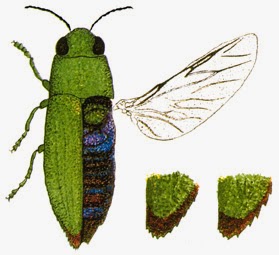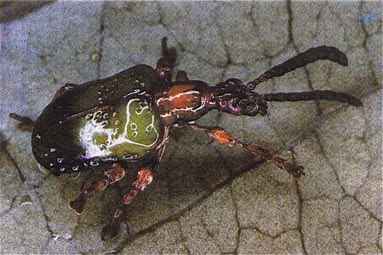G. it. Ent., 11 (53): 159-178
May 2006
New records, remarks and corrections to host plants of
Cerambycidae (Coleoptera) from Argentina
by
OSVALDO R. DI IORIO
Abstract - 102 associations for 39 plant species and 63 Cerambycidae from Argentina are reported. Host plants belong to the families Anacardiaceae, Bignoniaceae, Caesalpiniaceae, Casuarinaceae, Celtidaceae, Chenopodiaceae, Fabaceae, Fagaceae, Mimosaceae, Moraceae, Pinaceae, Rosaceae, Salicaceae, Sapotaceae and Ulmaceae. Host plants are recorded for the first time fro Achryson inmaculipenne Gounelle, 1909, Acryson maculipenne (Lacordaire, 1869), Anelaphus souzai (Zajciw, 1964), Methia fischeri Melzer, 1922, Brasilianus pisinnus Martins & Monné, 1975, Ischionorox antiqua Aurivillius, 1922, Chlorete scabrosa Zajciw, 1963, Sydax stramineus Lacordaire, 1869, Ethemon brevicorne Napp & Reynaud, 1998, Compsibidion vanum (Thomson, 1867), Tetraibidion aurivillii (Gounelle, 1909) and Eriocharis richardii Dupont, 1838. Main and secondary or alternative host plants are discussed for some species of Cerambycidae, when enough data are available. Periods of emergence from different host plants and localities, numbers of emerged specimens previously not stated, corrections of misidentified host plants and erroneous records of host plants present in a catalogue are provided.



_n.spMOD+copia.jpg)




















